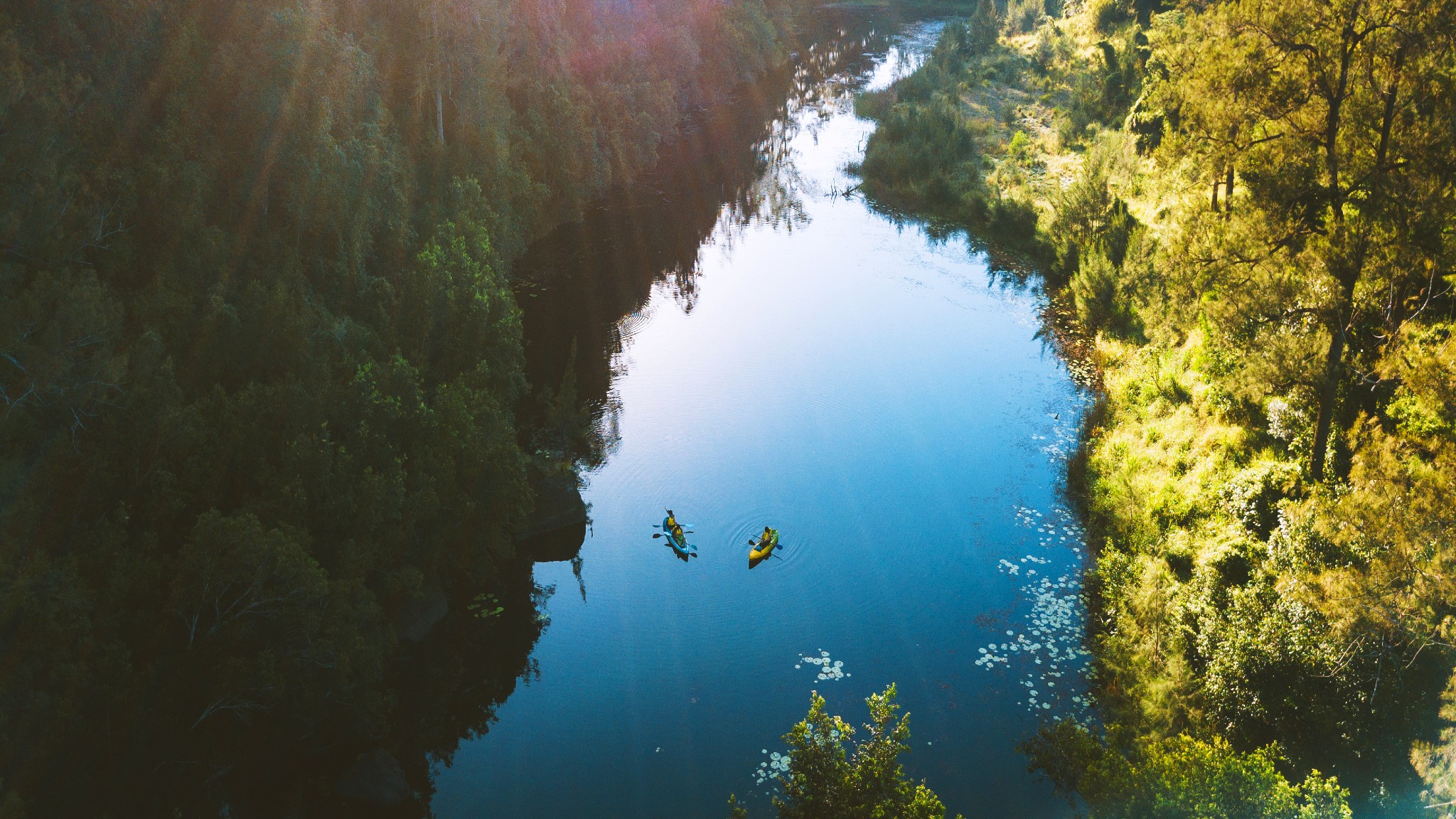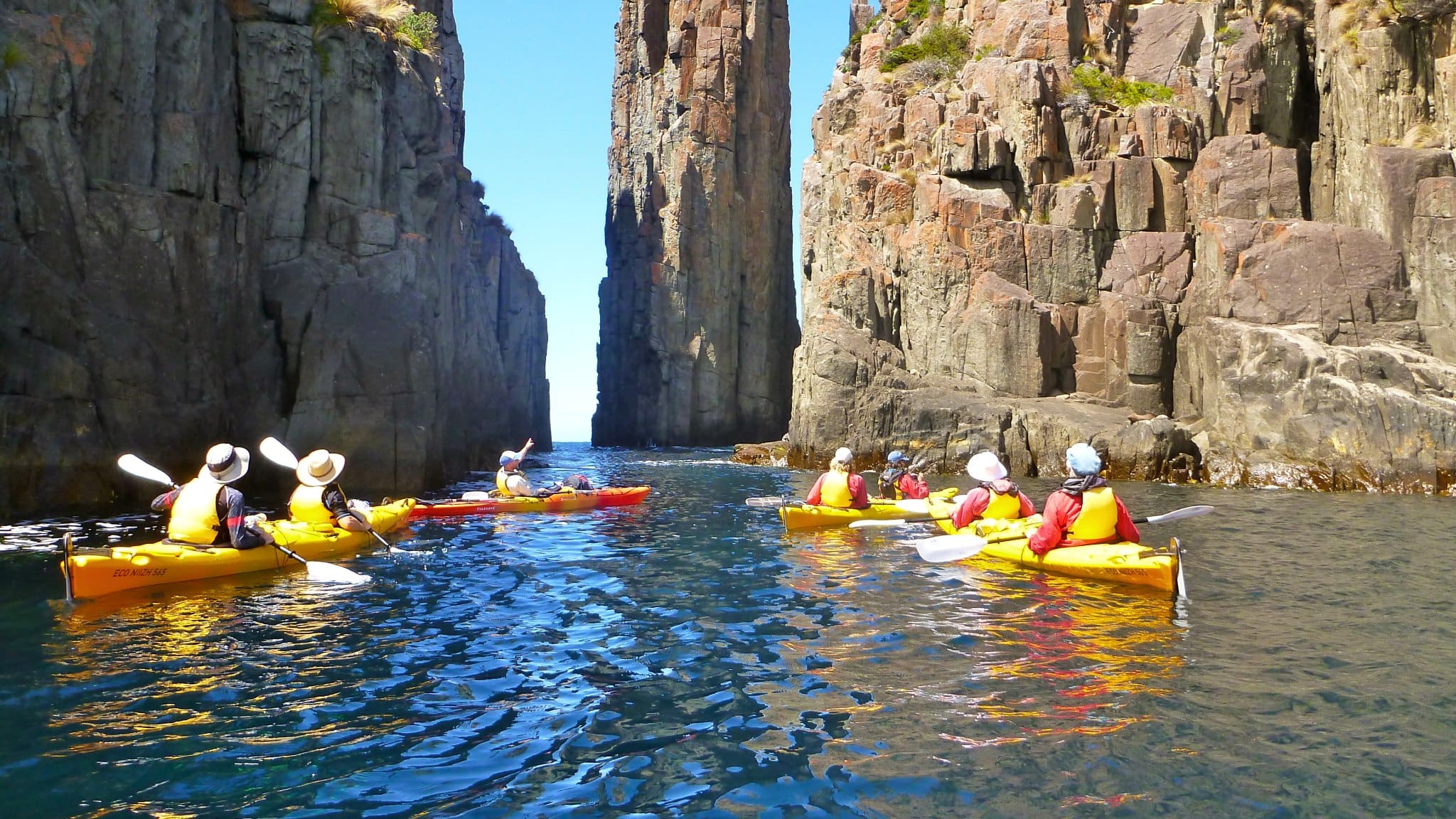Why You Should Visit the Noosa Everglades
A place known for its extensive wildlife and highly reflective surface waters, the stunning Noosa Everglades is simply a sensory delight to experience. The water system of the Noosa River runs for 60km from the Upper Noosa River catchment area, down through the Lake Cootharaba and Lake Coorobiha and finishes off through the Laguna Bay to Lake Weyba. These everglades, said to be one of only two everglade systems on Earth, boast a world in itself to explore.

Sunset over Lake Cootharaba
Noosa Flora
The branching waterways and its tributaries, with wetlands, mangrove forests and lakes are home to a vast variety of native flora. Anyone with an eye for botany will appreciate the sheer magnitude of plant species listed for Noosa. Noosa National Park alone is home to forests of hoop and kauri pines, open eucalypt forest, wallum heaths, pandanus palms and grasslands. “Noosa” comes from the aboriginal word meaning “shade” or “shadow”, likely in reference to respite from the sun under the region’s tall trees. The park holds a long history of preservation, dating back to its early European settlers in 1879. The springtime wildflowers that blanket the Peregrian section are truly a sight to see. Heading north in the water system are banksias, tea trees, melaleucas, reeds and water lilies. The Noosa Biosphere Reserve hosts a variety of 2,346 plant species including Noosa’s official flower: Key’s Boronia.
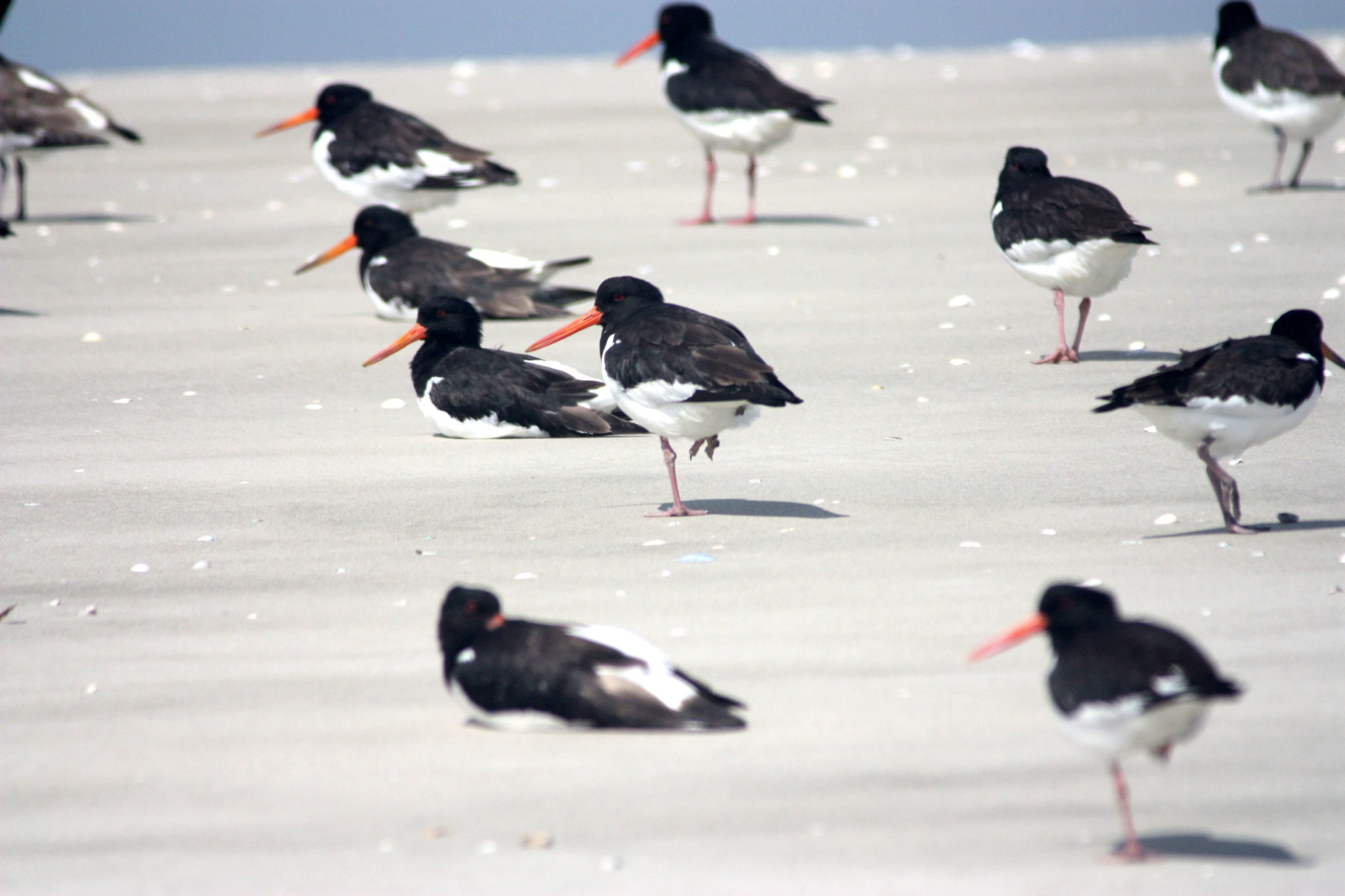
Pied Oystercatcher
Birds & Wildlife of Noosa Everglades
In these spectacular ecosystems, a rainbow of wildlife build their homes. On first observation and throughout an exploration, birds will certainly leave an impact. The Noosa river system hosts almost half of the bird species in all of Australia. Migratory birds from as far as Alaska and Asia visit, numbering as much as 43 species at one time. Along the shoreline, this includes the likes of the Pacific Golden Plover and the Pied Oystercatcher. These are 2 of 35 migratory species that are protected under international bird agreements. Within the parks, varieties such as the eastern ground parrot, glossy black cockatoo, and rufous fantail can be found. Keep your eyes open for pelicans, ducks, cormorants, eagles and even the rare jabiru.
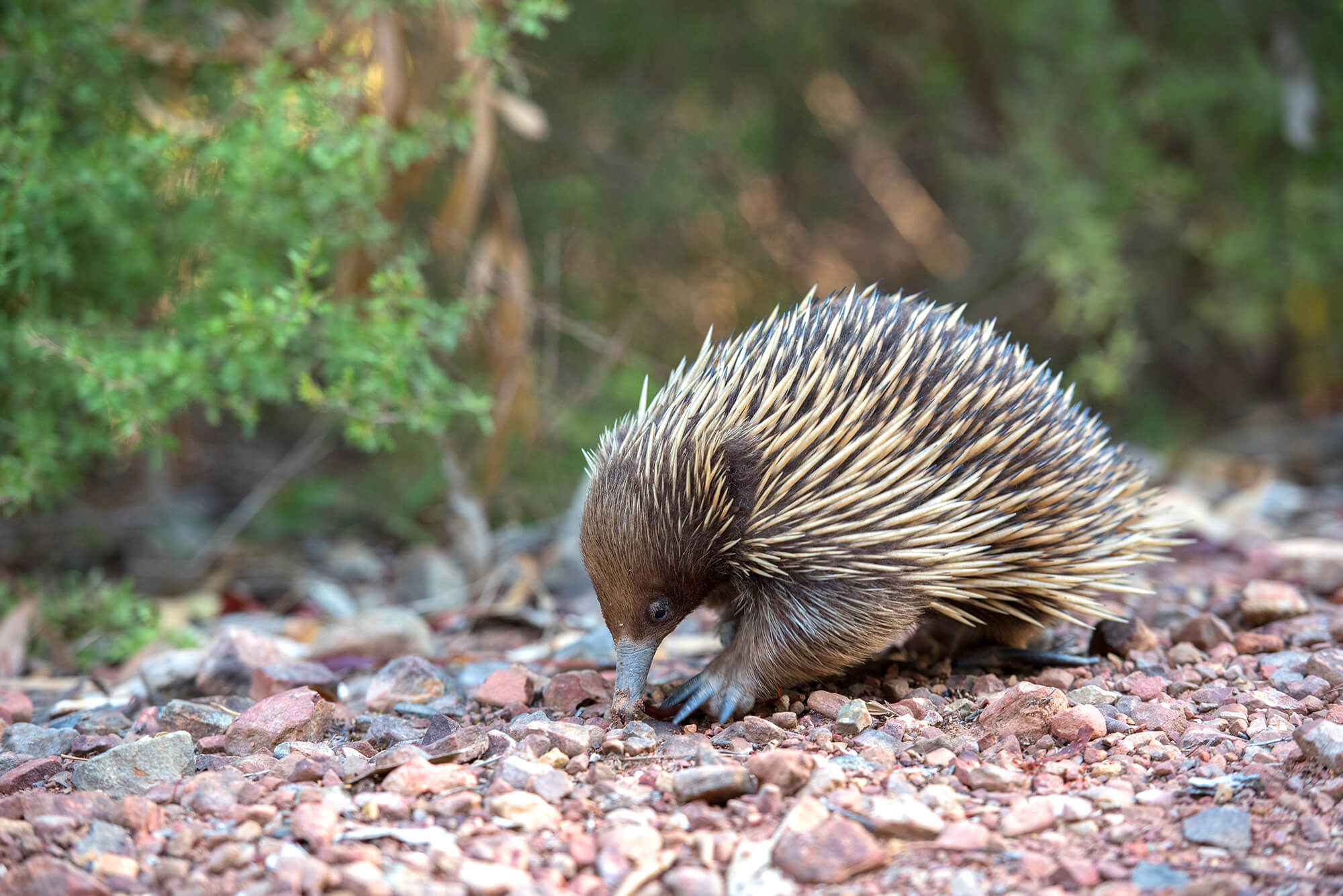
Echidna
Beyond birds, koalas may be found perched and snuggled into a tree. The short-nosed bandicoot, common ringtail possum, brushtail possum, and the echidna might be sighted skirting along the foliage. A tremendous list of wildlife species, organized by type, can be found on the Queensland government website. The aquatic wildlife is also teaming with variety, to include the spinner and bottlenose dolphins and dwarf minke whale. The biosphere exists on an important ocean corridor that 18,000 humpback whales use for their annual migration.
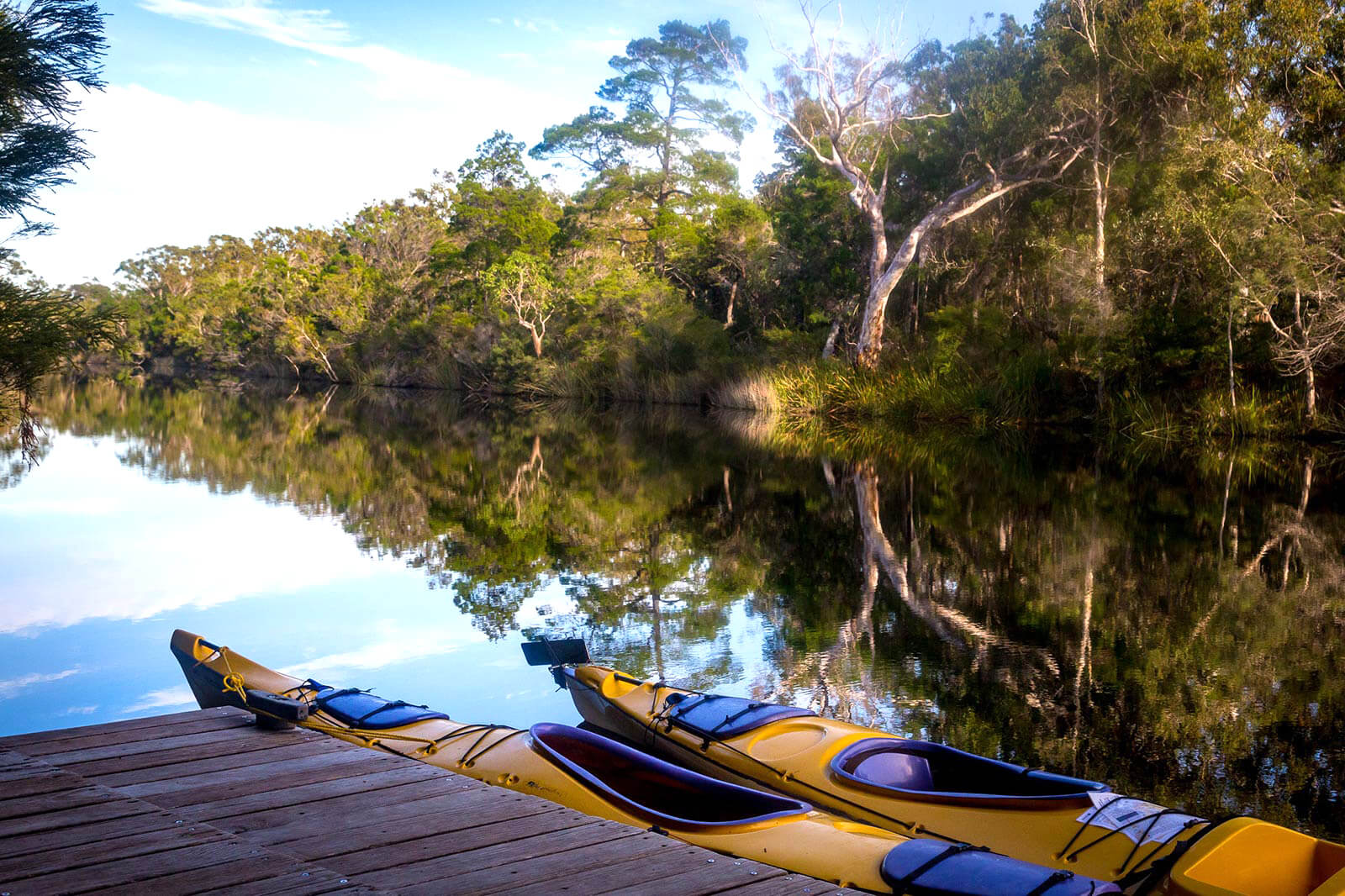
Adventure Awaits
Whether you’re an enthusiast for wonders of the land, water or sky, exploring the Noosa Everglades will more than satisfy. Navigate the glass surface of this “river of mirrors” on a kayak, listen to the laugh of a Kookaburra, and take in the lush surroundings of this stunning natural water system. Excitedly, our team is now launching Grasshopper-style tours in Australia, as featured in Vacations & Travel. We look forward to sharing the wonders of Noosa and the Hinterlands everyone, including Aussies wishing to explore the treasures waiting in their own backyards.
See tours in Australia
Noosa & hinterland
bike, hike and kayak Tour
Tasmania
Bike, hike and kayak tour
A special thanks to Visit Noosa (@visitnoosa), @harrisoncandlin, and Kanu Kapers for sharing some of the above images.


